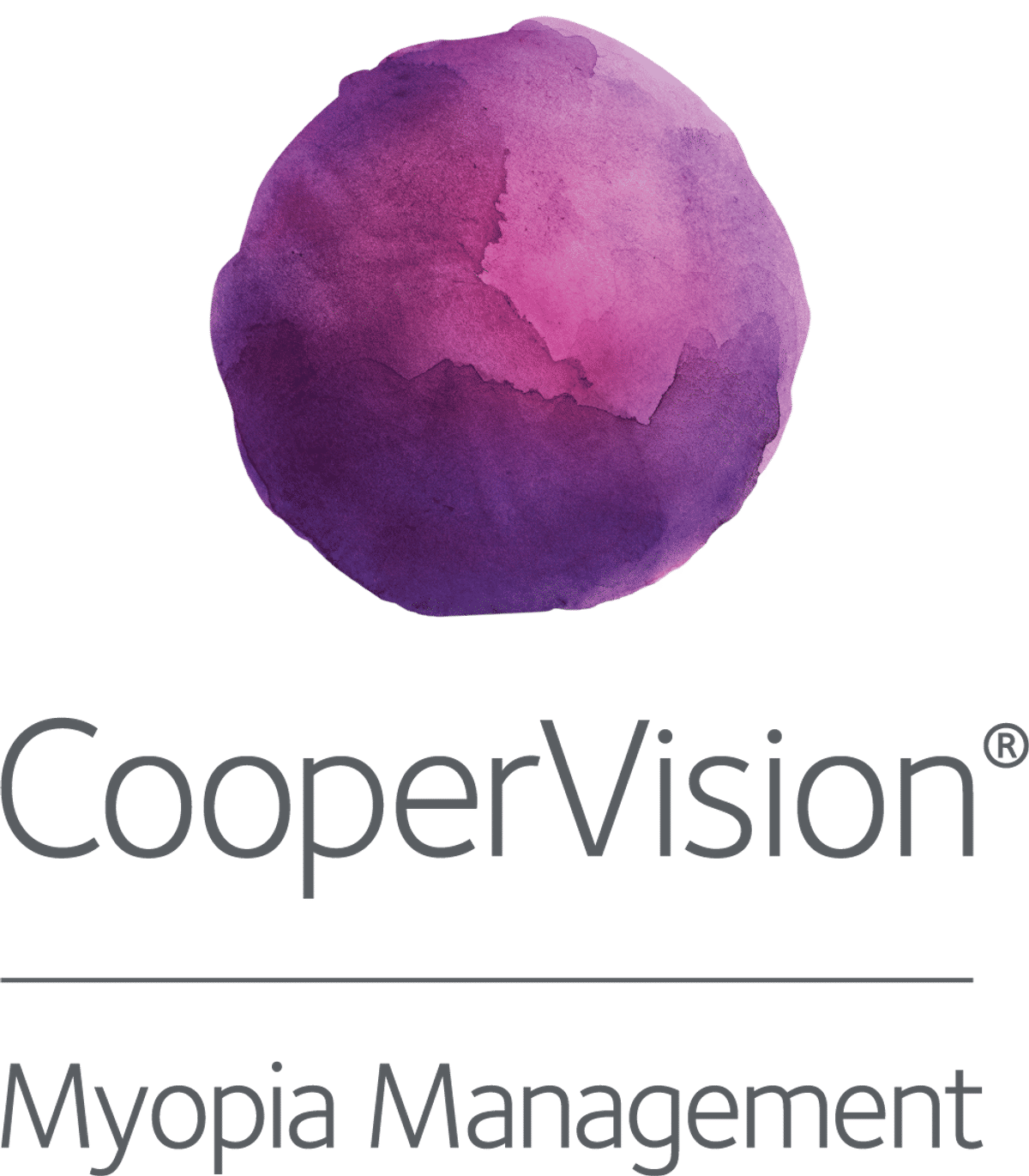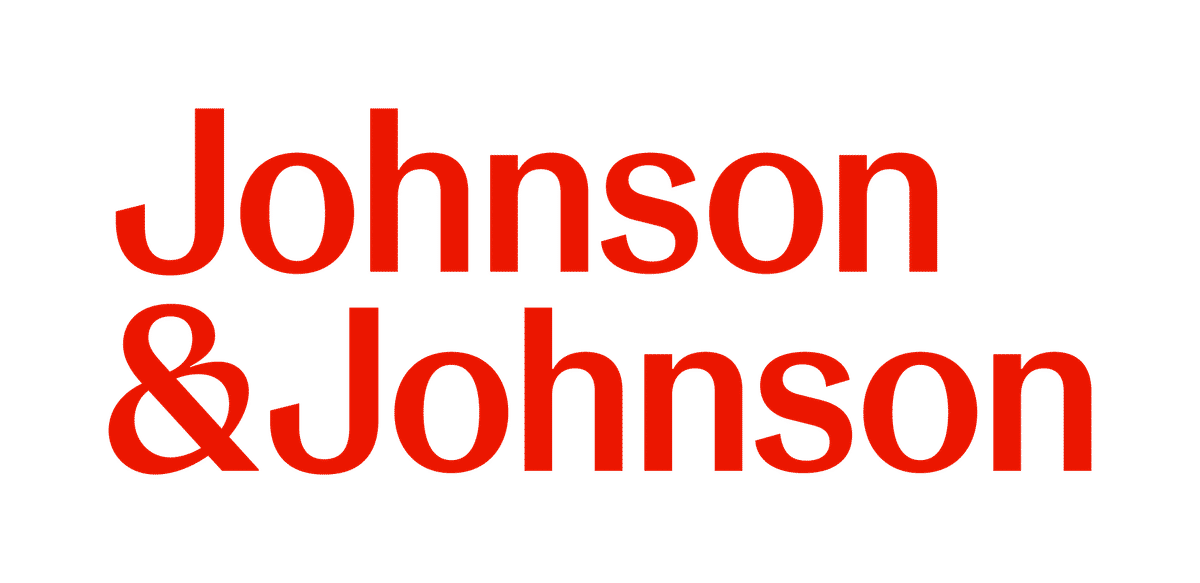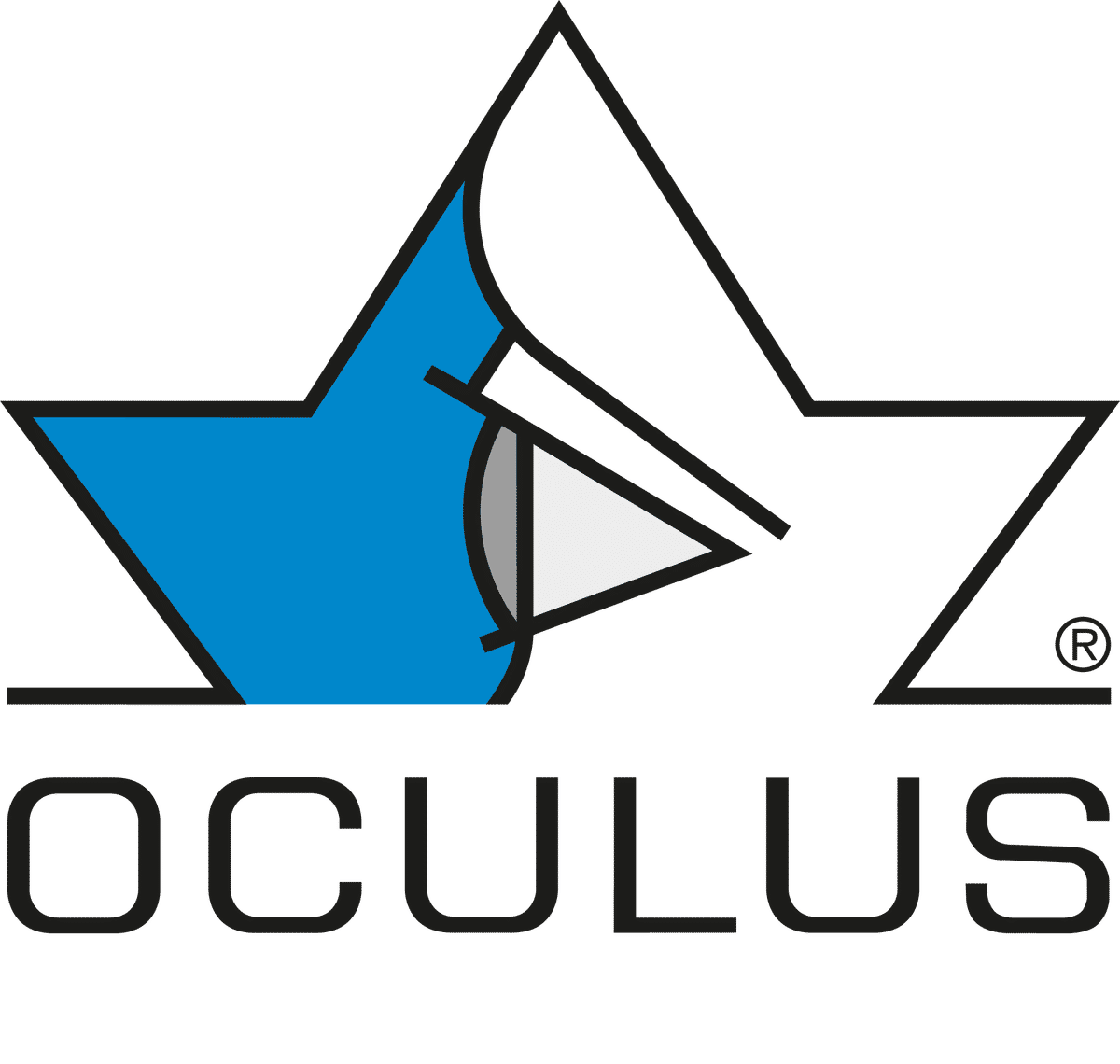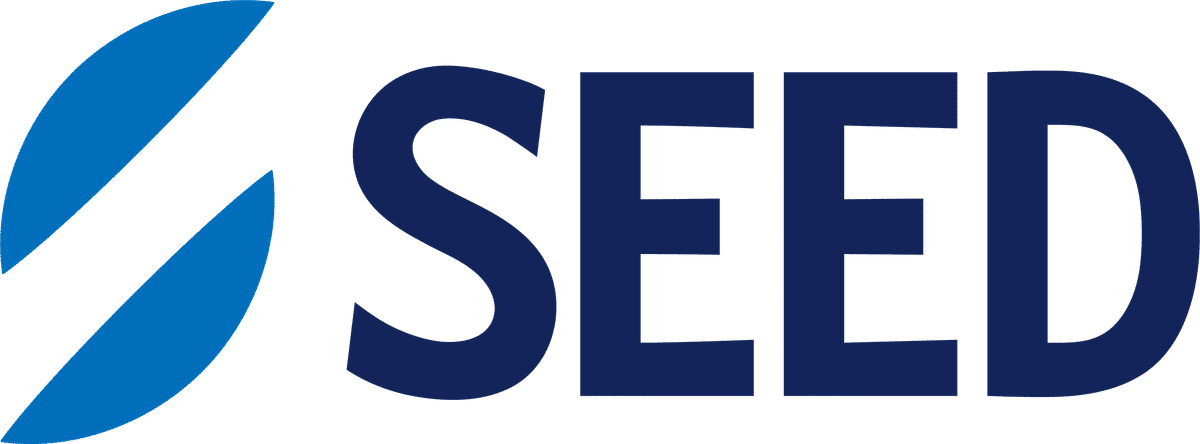Science
Orthokeratology rated best for active myopes

In this article:
This study compared quality of life among myopic adults and children wearing spectacles, soft contact lenses, and orthokeratology. Using the Pediatric Refractive Error Profile 2 (PREP2) survey, it found that orthokeratology wearers reported the highest scores for activity compared to other correction types. Parents perceived contact lenses to offer better quality of life than spectacles, but their views did not always align with their children’s.
Paper title: Patient and parent perceptions of myopia modalities
Authors: Lattery LJ (1), Chao C (2), Walline JJ (3), Bullimore MA (1), Ritchey ER (1), Skidmore K (1), Richdale K (4)
- University of Houston College of Optometry, Houston, TX, United States
- University of Houston College of Optometry, Houston, TX, United States; School of Optometry and Vision Science, University of New South Wales Sydney, Australia
- The Ohio State University College of Optometry, Columbus, OH, United States
- University of Houston College of Optometry, Houston, TX, United States
Date: Published online October 27, 2022
Reference: Lattery LJ, Chao C, Walline JJ, Bullimore MA, Ritchey ER, Skidmore K, Richdale K. Patient and parent perceptions of myopia modalities. Cont Lens Anterior Eye. 2023 Apr;46(2):101772.
Summary
Quality of life (QoL) can help guide clinical decision-making for myopia correction in children, particularly as myopia treatment options become more diverse. Past research has shown that both soft contact lenses and orthokeratology may offer psychosocial and functional benefits over spectacles.
This study used the Pediatric Refractive Error Profile 2 (PREP2) survey to compare QoL between adults and children who had long-term experience with spectacles, soft contact lenses (SCL), or orthokeratology (OK), and investigated how closely parental perceptions aligned with children’s own experiences.
This was a cross-sectional survey study involving 48 myopic adults (aged 18–26), 49 myopic children (aged 9–17), and one parent for each child participant. All participants had worn their current correction modality for at least three years. Participants completed the PREP2 online, which includes seven QoL subscales. Scores were compared between age groups, correction types, and between children and their parents.
Key findings were as follows.
- Adult OK wearers were more satisfied with vision (+20 points) and activities (+23 points) than spectacle wearers.
- Among children, only the activities score was significantly different among the different modalities. Children wearing OK and SCL were more satisfied with activities compared to spectacle wearers (OK +33 points, SCL +19 points).
- Parents of children wearing contact lenses perceived greater QoL than parents of spectacle wearers, especially for activities (OK +25 points, SCL +14 points) and handling (OK +17 points, SCL +13 points).
- Children and parents’ responses did not align, with parents recording more negative perception across multiple factors. However, children themselves were generally satisfied with their own correction, regardless of modality.
What does this mean for my practice?
This study highlights that ortho-k is particularly well-received by both children and adults who lead active lifestyles, with higher activity-related QoL scores compared to spectacles or soft contact lenses.
Children rated ortho-k the most favourably, suggesting that the freedom from daytime correction may be especially beneficial during play and sports. Adults also preferred orthokeratology for both vision and overall satisfaction, supporting its utility across age groups.
The findings also suggest that parents tend to favour contact lenses over spectacles for their children, even more strongly than their children do. Children themselves were generally satisfied with their correction, regardless of modality. This suggests that parents may drive decision-making on their child’s correction based on their own poor perception of spectacles.
Practitioners may need to be mindful of how parents’ perceptions influence the uptake and long-term continuation of myopia control, particularly if considering spectacle-based strategies.
Practitioners should discuss and consider fitting contact lenses in children and adults where possible – not only as it is well received by parents but contact lens wearers can benefit from improved activity-related QoL.
What do we still need to learn?
This study used a cross-sectional design with long-term wearers, meaning participants self-selected their correction modality. As such, it should be noted that the results reflect existing satisfaction rather than outcomes in new wearers.
The study did not specify the regions of the respondents. As practitioners’ perceived effectiveness of myopia management options and prescribing patterns differ by region,
In addition, the baseline refractive error of respondents was not quantified – most likely as the survey was distributed online. Individuals with higher myopia are likely to have poorer QoL,
Abstract
Purpose: This study compared quality of life (QoL) of myopic adults and children who were established spectacle, soft contact lens (SCL), or orthokeratology (OK) wearers as well as parent/child responses using Pediatric Refractive Error Profile 2 (PREP2).
Methods: Forty-eight adults (aged 18–26 years), 49 children (aged 9–17 years), and the children’s parent, completed PREP2, with 7 subscales (symptoms, vision, activities, appearance, peer perception, handling, and overall). Adults and children must have worn their correction for at least three years. Parents were asked to answer how they thought their child would answer. Scores were compared between age groups, among correction groups, and between children and their parents using non-parametric ANOVA, Mann-Whitney U and Wilcoxon Signed-Rank tests, as appropriate. Post-hoc pairwise comparisons among correction groups were conducted with Bonferroni adjustment.
Results: Adult OK wearers were more satisfied with vision (p = 0.04), activities (p < 0.001) and overall (p = 0.03) compared to spectacle wearers. Children OK wearers reported higher scores for activities than SCL (p = 0.048) and spectacle wearers (p < 0.001). Parents of contact lens wearers reported higher perceived QoL for activities (OK p < 0.001; SCL p = 0.02), handling (OK p = 0.02; SCL p < 0.001), appearance (SCL p = 0.001), and overall (OK p = 0.001; SCL p < 0.001) subscales than parents of child spectacle wearers.
Conclusions: Activity-driven children and adults perceive significant benefits from OK over spectacles. Parents’ perceptions did not align with their children’s perceptions of their correction.
Meet the Authors:
About Brian Peng
Brian is a clinical optometrist based in Sydney, Australia. He graduated from the University of New South Wales and was awarded the Research Project Prize for his work on myopia. He has a keen interest in myopia-related research, industry, and education.
Read Brian's work on our My Kids Vision website, our public awareness platform. Brian also works on development of various new resources across MyopiaProfile.com.
References
- Walline JJ, Gaume A, Jones LA, et al. Benefits of contact lens wear for children and teens. Eye Contact Lens. Nov 2007;33(6 Pt 1):317-21. [link]
- Tadić V, Cumberland PM, Lewando-Hundt G, et al. Do visually impaired children and their parents agree on the child's vision-related quality of life and functional vision?. Br J Ophthalmol. Mar 2017;101(3):244-250. [link]
- Wolffsohn JS, Calossi A, Cho P, et al. Global trends in myopia management attitudes and strategies in clinical practice. Cont Lens Anterior Eye. Apr 2016;39(2):106-16. [link]
- Rose KA, Harper R, Tromans C, et al. Quality of life in myopia. Br J Ophthalmol. Sep 2000;84(9):1031-4. [link]
- Sankaridurg P, Tahhan N, Kandel H, et al. IMI Impact of Myopia. Invest Ophthalmol Vis Sci. Apr 2021;62(5):2. [link]
Enormous thanks to our visionary sponsors
Myopia Profile’s growth into a world leading platform has been made possible through the support of our visionary sponsors, who share our mission to improve children’s vision care worldwide. Click on their logos to learn about how these companies are innovating and developing resources with us to support you in managing your patients with myopia.












